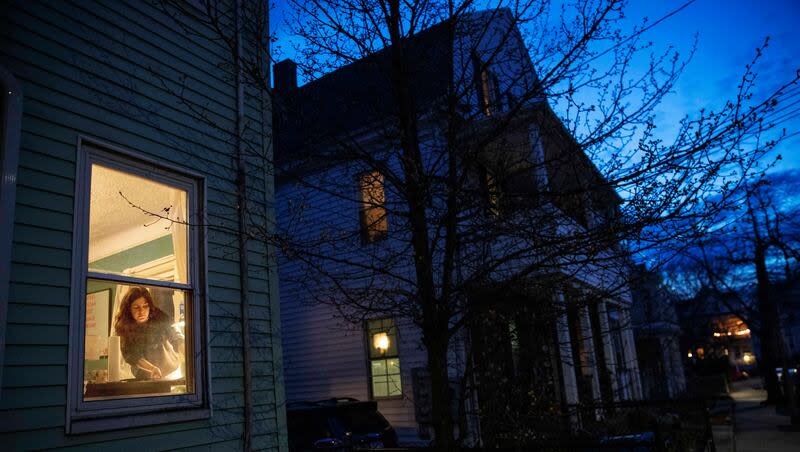How long should you isolate with COVID-19? CDC has new answer

The Centers for Disease Control and Prevention has revised its COVID-19 isolation recommendations to put the focus on symptoms instead of timing.
While the initial isolation period was set at five days, individuals may now end their isolation once they have been fever-free for at least 24 hours without medication and if their symptoms have improved, per the CDC.
How the isolation period will now work
According to the CDC, after experiencing no fever for the 24-hour period, with improved symptoms and no medication, people with COVID-19 can stop isolating as long as they still take some precautions.
Remember that spreading the virus is still possible, even if you are symptom-free.
Here are some of the CDC’s recommendations for staying safe:
Implement measures for clean air: Bring fresh air into your home, change air filters and go outdoors often for better airflow.
Maintain good hygiene practices: Cover mouth and nose when you cough or sneeze, wash hands regularly and clean frequently touched surfaces.
Wear masks: Choose the most protective type that fits well, such as an N95.
Practice physical distancing: Avoid crowded areas where it is difficult to distance.
Take a COVID-19 test when you are planning to be around others indoors: You can take a test at the doctor or order them free through the U.S. Postal Service.
The CDC notes that if you experience a fever or worsening symptoms after resuming activities, you should isolate again until you have no fever for 24 hours without medication and symptoms are improving.
Other information provided by the CDC
The justification for the change in isolation period is outlined in a 25-page document detailing the shifting risk environment. Despite COVID infections remaining steady, recent data indicate milder illness and significantly reduced hospitalizations and fatalities, per The Washington Post.
CDC director Mandy Cohen said the guidelines will also apply to other respiratory illnesses, according to The New York Times.
“Our goal here is to continue to protect those at risk for severe illness, while also reassuring folks that these recommendations are simple, clear, easy to understand and can be followed,” she said, according to The New York Times.
For some time, health officials and experts have advocated for symptom-based guidance that prioritizes higher-risk individuals and minimizes disruptions in schools and workplaces, per The Washington Post. Countries like Britain, Australia, France and Canada have adopted comparable measures, with no notable increase in disease transmission or severity.
CDC officials have stressed the need for more people to get the latest vaccine. Only 22% of adults aged 18 and older and 42% of those 65 and older have received the updated vaccine from last fall. Over 95% of COVID-19 hospitalizations this season involved individuals who hadn’t received the updated vaccine, according to The Washington Post.
Will this change hurt vulnerable individuals?
Health experts are divided over whether the new guidelines will hurt immunocompromised individuals.
David Margolius, Cleveland’s top public health official, told The Washington Post, “Simplifying the public health messaging to treat all of these dangerous contagious respiratory viruses the same makes a lot of sense. We really want the takeaway to be: ‘When you’re sick, stay home until you feel better.’”
He continued by saying he would advise employers to not force employees with symptoms to come into work, making sure to not only rely on a negative COVID-19 test.
Maria Town, president of the American Association of People with Disabilities, was more critical, saying to The Washington Post: “Changing covid isolation times does not change how the virus behaves. Mild covid is still covid. A person who has covid without a fever still has covid. And that means they are still posing a risk to the high-risk, immunocompromised, and disabled members of their community.”
According to the CDC, the new guidelines will keep vulnerable individuals safe.
If you or a loved one experiences difficulty breathing or chest pain after being diagnosed with COVID-19, seek immediate medical attention, per the CDC.

